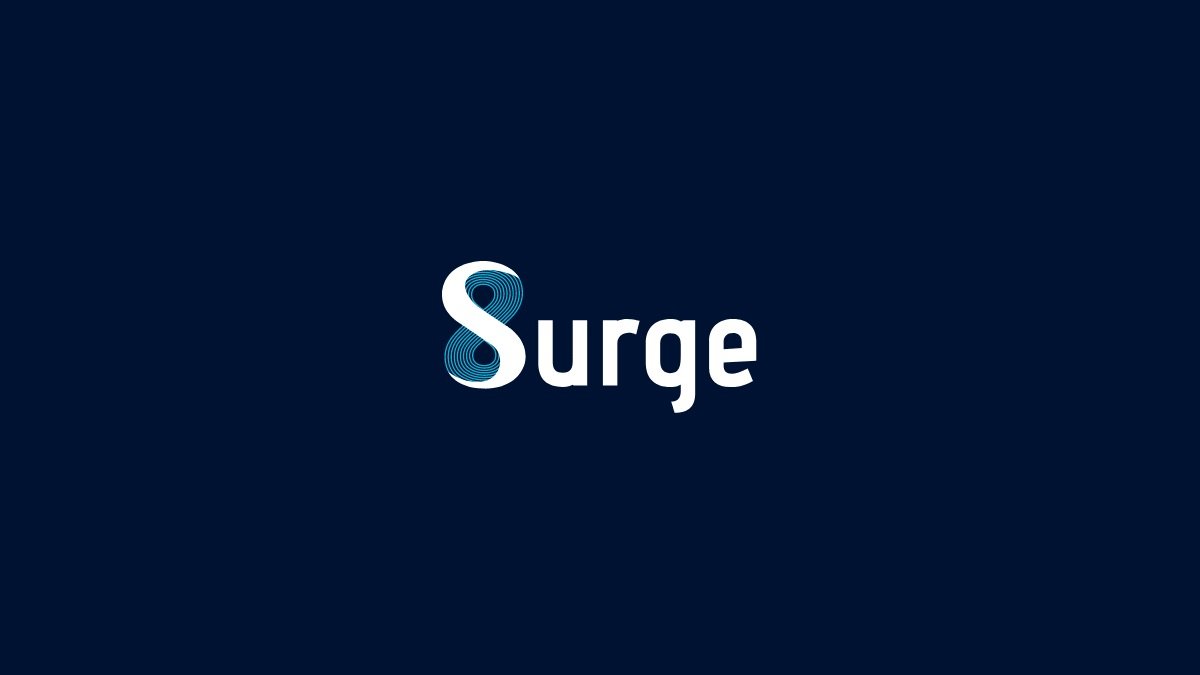Surge, an affiliate of Hashim Djojohadikusumo’s PT Solusi Sinergi Digital Tbk. (WIFI), is setting ambitious goals to expand its Fiber to the Home (FTTH) service, targeting 5 million subscribers by 2025. As of March 2025, the company has 200,000 FTTH customers. This marks a significant increase, aiming to add 4.8 million more subscribers within the next 9 months.
To achieve this, Surge is rolling out high-speed internet plans offering speeds of 200 Mbps at a competitive price of IDR 100,000 per month. However, the road to such an expansion requires substantial investment. According to Yune Marketatmo, the CEO of WIFI, the company has secured an investment credit of IDR 978 billion from BNI to build 700,000 homepasses. A homepass refers to the number of homes or buildings that can be connected by an operator in a particular service area.
The Indonesian internet market, which serves over 220 million users, has a penetration rate of only 15%. This leaves an enormous opportunity for growth, with 85% of the market still untapped. Surge sees a particularly large gap in the underserved middle-to-lower-income segments, an area where many competitors have yet to make a significant impact.
Yune emphasized the importance of targeting this vast underserved demographic, stating, "The growth engine in this segment is wide open. As long as we remain focused on the lower tech users, this is our mission." Surge’s focus on affordability and accessibility aligns with its business strategy of resilience, efficiency, and scalability.
The company’s ultimate aim is to expand its user base to 40 million people over the next five years, with operations across the entire archipelago. Yune is confident that, once the right approach is identified, Surge can rapidly scale up to meet this target. "Once we have the right formula, we will execute it quickly," he added.
This vision for expansion is in line with the rapid growth seen in the Indonesian digital infrastructure and internet services, which continue to grow exponentially. Surge’s investment and focus on middle-to-lower-income markets, with its competitively priced high-speed internet, promise to challenge the status quo and drive significant shifts in Indonesia’s broadband landscape.
PHOTO: AJAIB
This article was created with AI assistance.
Read More






 Friday, 05-12-25
Friday, 05-12-25







